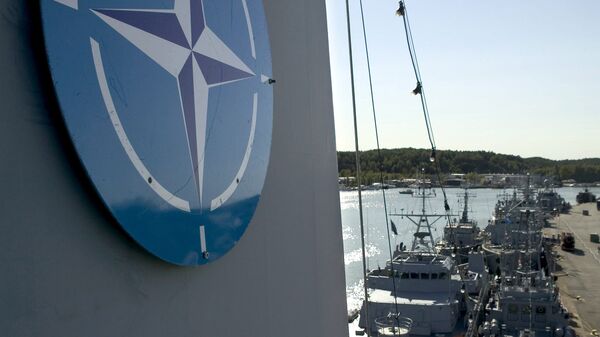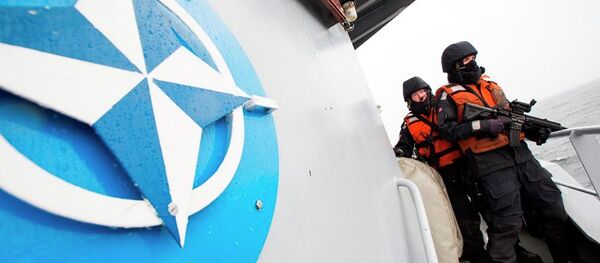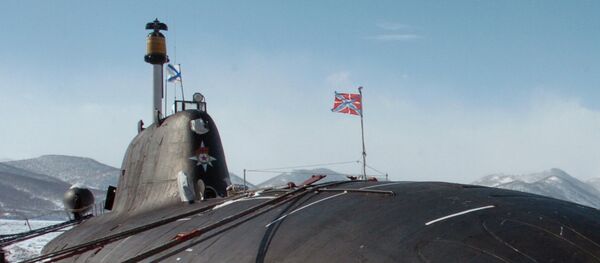"Secretary Mattis met today with Finnish Minister of Defense Jussi Niinisto. The two leaders discussed Russian aggression, Finland's relationship with NATO as an enhanced opportunities partner, and the bilateral security cooperation … between the US and Finland," according to a statement by Pentagon spokesman Navy Capt. Jeff Davis.
Meanwhile, earlier this week, the first batch of British armored vehicles has arrived in Estonia as part of NATO's drive to boost military presence in Eastern Europe. In January, US tanks were also deployed to the region.
Despite being a vocal critic of NATO during the electoral campaign, Trump is in close coordination with the alliance. He will have talks with NATO Secretary General Jens Stoltenberg in Washington on April 12 and will attend a NATO summit in Brussels on May 25.
"Trump is turning into a typical US leader. As a result, northern European countries will be dragged into NATO’s problems and will have more obligations to Washington and Brussels, including financial," journalist and political commentator Alexander Khrolenko wrote in a piece for RIA Novosti.
More NATO
In an interview with the International Business Times, Finnish Foreign Minister said that the border between Finland and Russia is "one of the most stable and calm in the world" and warned that NATO’s troops at the border are "not a good idea."
Niinisto has stressed that the measure was crucial to enhance the country’s combat readiness and national defense capability.
Currently, the Finnish military numbers 12,000 permanent personnel, with up to 230,000 servicemen in reserve. Finland’s defense budget is nearly $2.5 billion. The planned rapid reaction force will be deployed in four border areas.
"Finland, a small country with a population of 5.5 million, cannot ignore the foreign political environment. Could Finland remain neutral? It borders Norway and Estonia, both NATO members. Taking into account NATO’s anti-Russian posture, the question is rather rhetorical," the author wrote.
Northern Europe Building Collective Security
The deployment of a NATO battalion to Estonia is planned to be completed in April. Some 800 British and 300 French personnel will be stationed in the region. Britain will also deploy to Estonia Challenger 2 tanks, Warrior infantry combat vehicles and reconnaissance drones. France will send Leclerc tanks, VAB armored vehicles and VBCI infantry combat vehicles. The battalion will be stationed in the town of Tapa.
According to the Polish daily Nasz Dziennik, "alongside with deployment of NATO forces the alliance is distributing responsibility and designating partners for cooperation."
Norwegian TV 2 Norge noted: "Northern European countries are already working on practical and legal aspects of military cooperation."
"Probably, this is the beginning of the creation of a northern European united military under the direction of the US and NATO," Khrolenko suggested.
The Arctic Region
Military and political tensions are on the rise in the Arctic. According to the US Navy Arctic Roadmap 2014-2030, conflicts are possible in the region. The document also outlines tasks to maintain US dominance in the Arctic.
During their meeting, Mattis and Niinisto "exchanged insights on how to sustain robust military capabilities in fiscally constrained times and noted the benefits of defense cooperation for both nations, especially in the Arctic."
"It is no coincidence that the Arctic issue was mentioned by the ministers. Finland does not have direct access to the Arctic coast. However, by trying to win Washington’s favor, Finland risks becoming a pawn in a big political and military game," Khrolenko concluded.
Never miss a story again — sign up to our Telegram channel and we'll keep you up to speed!








